Adi Kumbeshwarar Temple / Kudamukku Temple – The largest & Oldest Shiva temple in Kumbakonam & The 26th Paadal Petra Sthalam revered in the verses of Shaiva Nayanars – Visit, Temple Timings, History, Contact Number, Travel Guide (Updated)
– shiva temple representing the grand chola architecture
Adi Kumbeshwarar / Kumbeswarar Temple is the largest Shiva temple of Kumbakonam in Thanjavur District. This temple has a 9-storeyed rajagopuram, soaring 125 feet high, and is gracefully spread across a vast expanse of 4 acres in the heart of the town. This temple is believed to have a history dating back 1200 years, dedicated to Lord Shiva. The city of Kumbakkonam derives its name from the principal deity of this temple, Adi Kumbeshwar.
Lord Shiva at this temple is called Adi Kumbeswara. “Adi” signifies ‘first and foremost,’ while “Kumbam” alludes to ‘pot.’ It is in this temple that the first pot, the very foundation of human existence, was created. Notably, the Linga within the temple takes on the shape of a cone. The divine consort of Lord Shiva in this sacred abode is Mangalambigai. Recognized as a “Paadal Petra Sthalam,” – the Tevara Sthalam this temple holds a special place among the 276 Lord Shiva temples where the Shaiva Nayanmars, ardent devotees of Lord Shiva, have sung praises of its divine essence. The temple’s magnetic aura draws in devotees who can sense the divine presence of Lord Shiva.
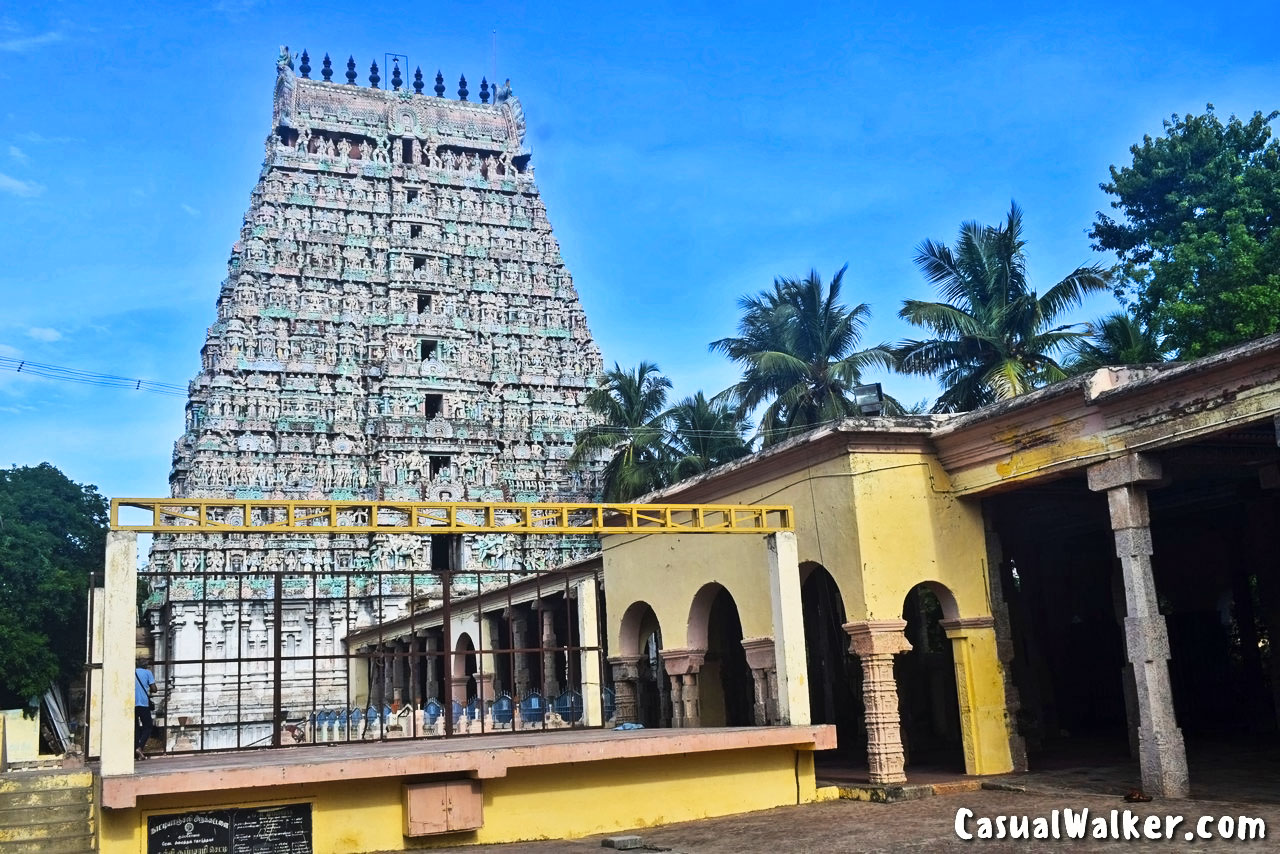
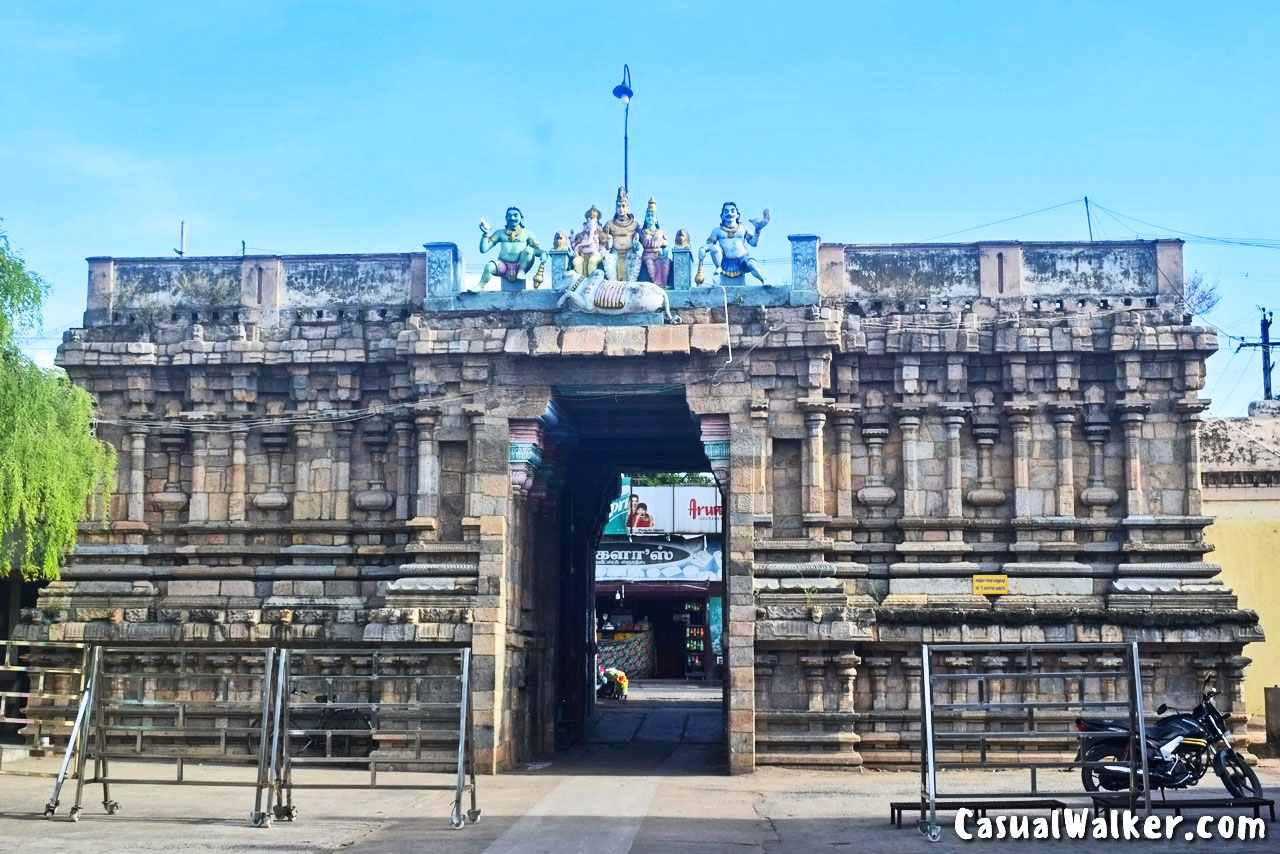
Within the Adi Kumbeswarar temple precincts, we will find an exquisite representation of Lord Shiva’s consort, Parvati, in the form of Mangalambigai Amman. The temple complex features three concentric compounds, elegantly aligned along an east-west axis and adorned with a trio of majestic gopurams.
The sanctum, constructed from enduring granite, is believed to have been built during the reign of Kulothunga Chola in the 7th century. Later, during the Naik period, a prominent figure named Govinda Dikshidar, the chief minister of Achyuthappa Naika of Thanjavur, undertook an extensive renovation of the temple. He enriched the temple with the splendid Naik period Mandapams, intricate sculptures, and the majestic Rajagopuram. Serving as the chief minister under three successive Naik rulers, Govinda Dikshidar played a pivotal role in various construction and religious activities in this sacred place.
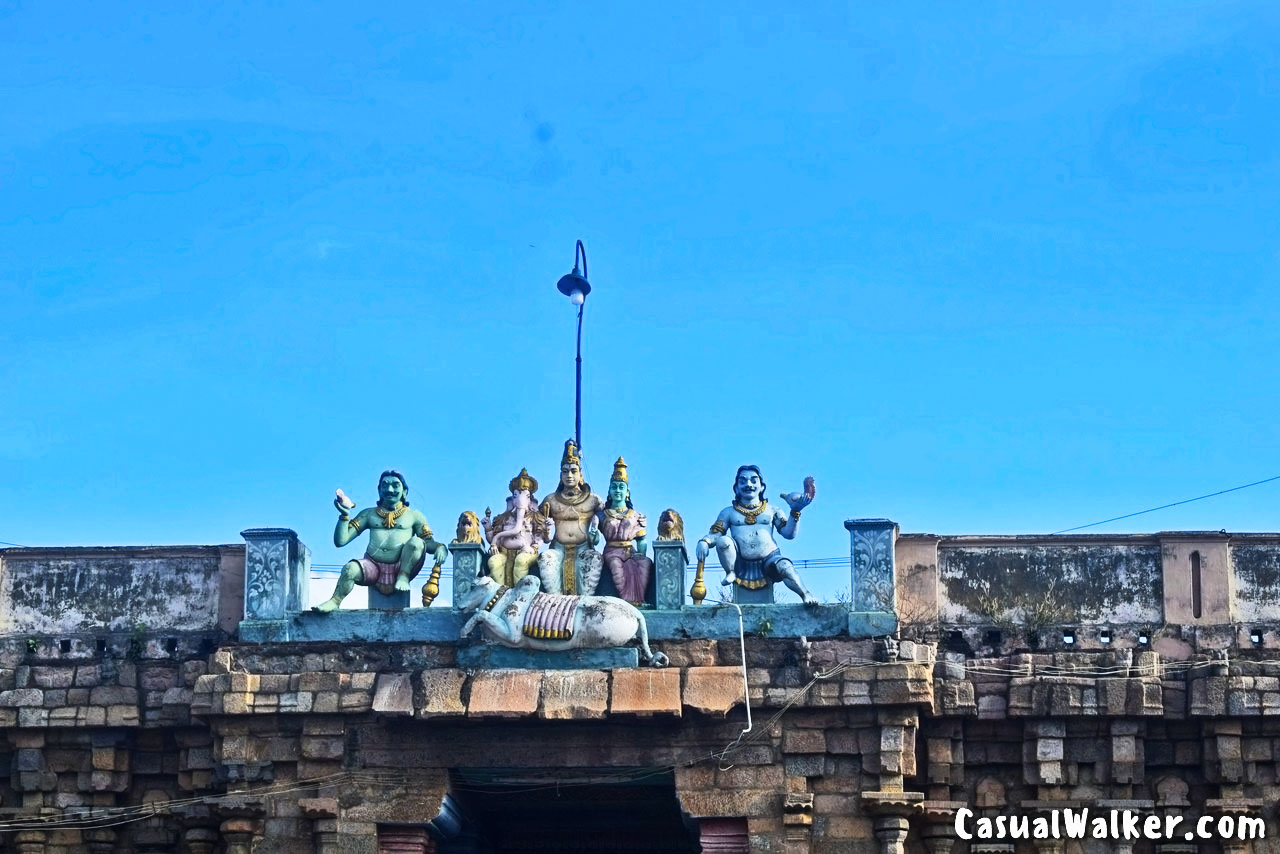
History of Adi Kumbeshwarar Temple
During a great deluge, Lord Brahma chose this city to safeguard a pot of “Amrita,” the elixir and divine nectar from which the cycle of Creation could begin anew. Originally, Lord Shiva had selected the Meru hill for this purpose. Shiva, assuming the form of a hunter, pierced the pot with an arrow, causing the nectar to flow in all directions. The drops of nectar gave rise to Shiva Lingas at different locations, and this shrine is where God performed the miraculous “Thiruvilayadal,” descending to Earth to aid humanity. Thus, the Adi Kumbeshwarar Temple is regarded as the cradle of the human race and a revered shrine of the Shaiva sect.
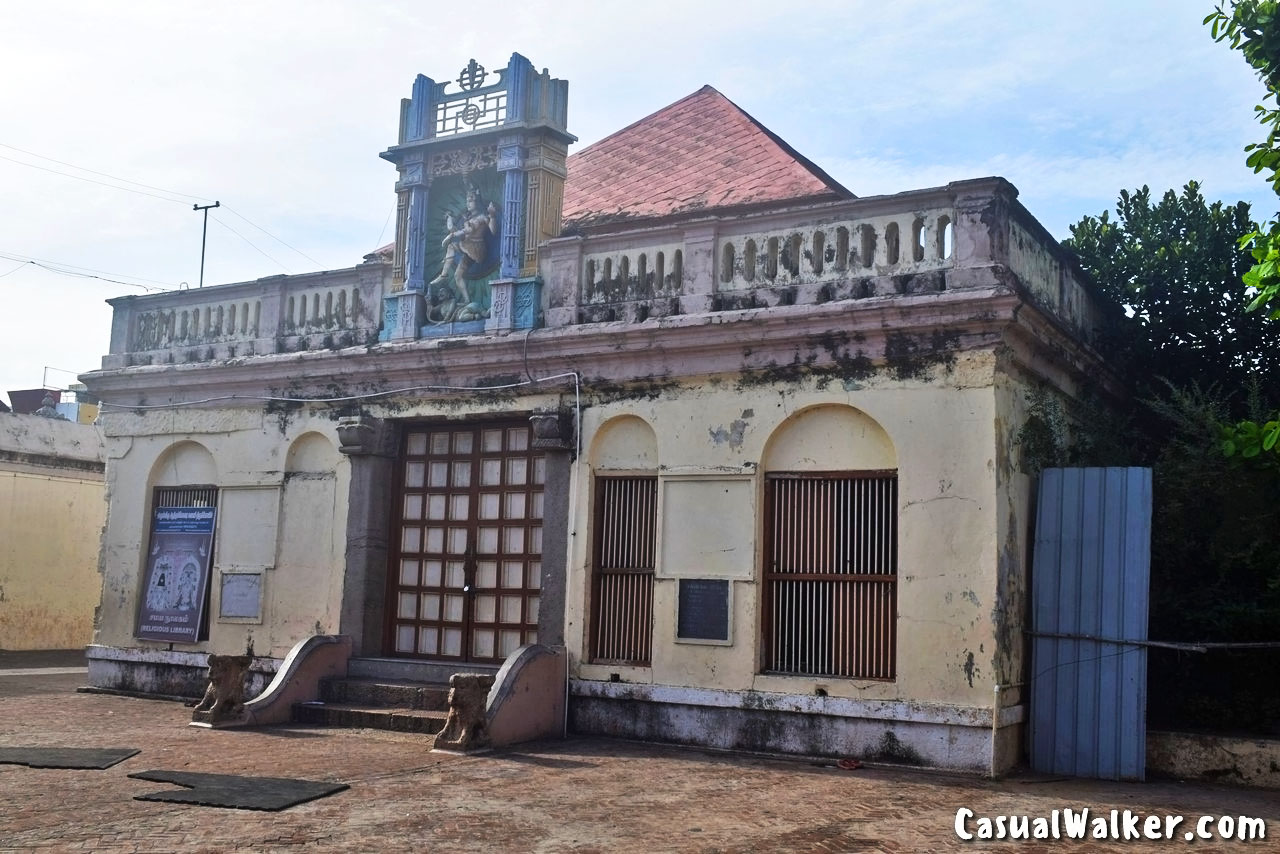
Architectural of Adi Kumbeshwarar Temple
Spanning an expansive area of 30,181 square feet, the temple complex extends over four sprawling acres, encompassed by stunning Gopurams or temple towers on all sides. The nine-storeyed Rajagopuram stands as a magnificent testament to Lord Shiva. The temple boasts several corridors adorned with intricately carved pillars. Its carvings, statues, and murals are exquisite, bearing intricate designs. A temple tank provides the sacred water required for rituals. Within the temple’s precincts, you’ll discover shrines dedicated to Lord Ganesha, Lord Muruga, Goddess Saraswati, and Goddess Lakshmi. One of the architectural highlights is a single stone sculpture featuring the 27 stars and 12 zodiac signs.
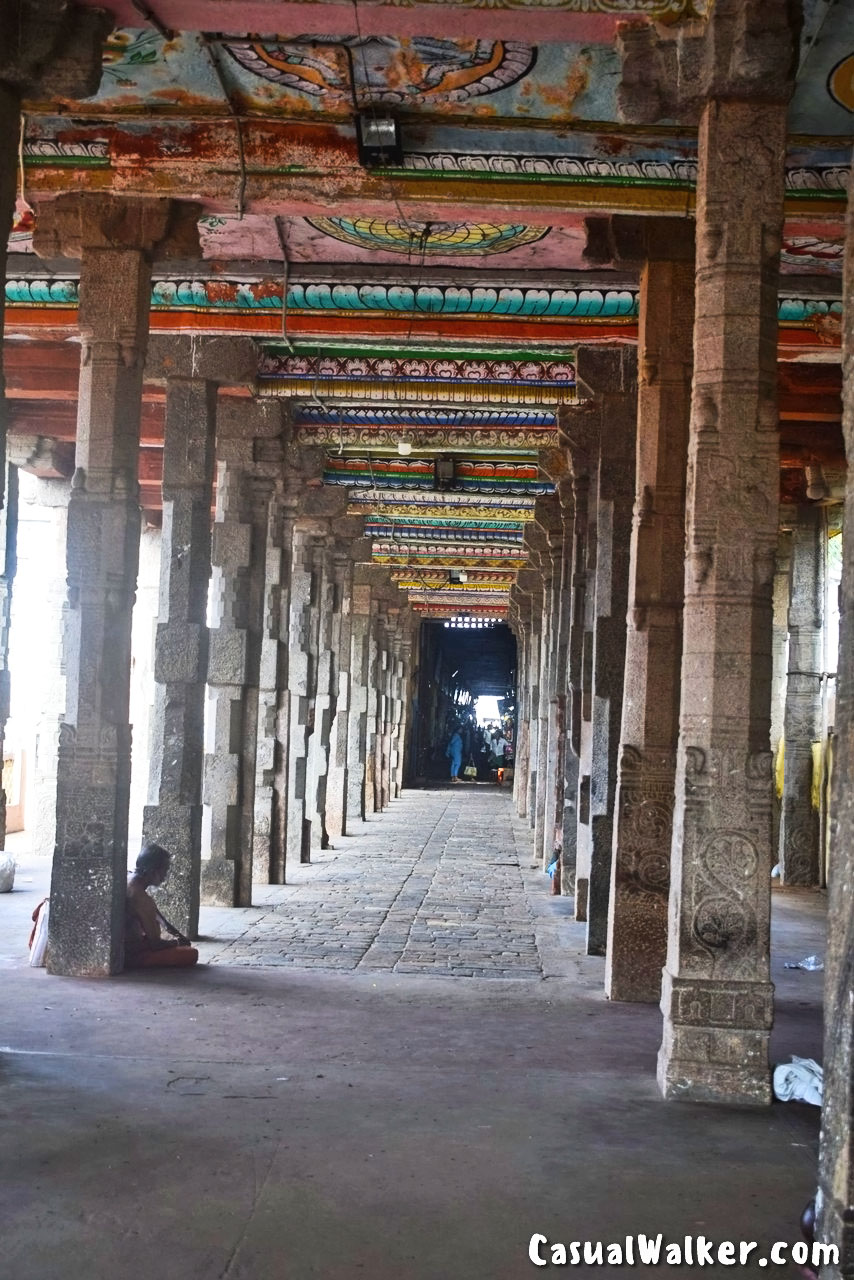
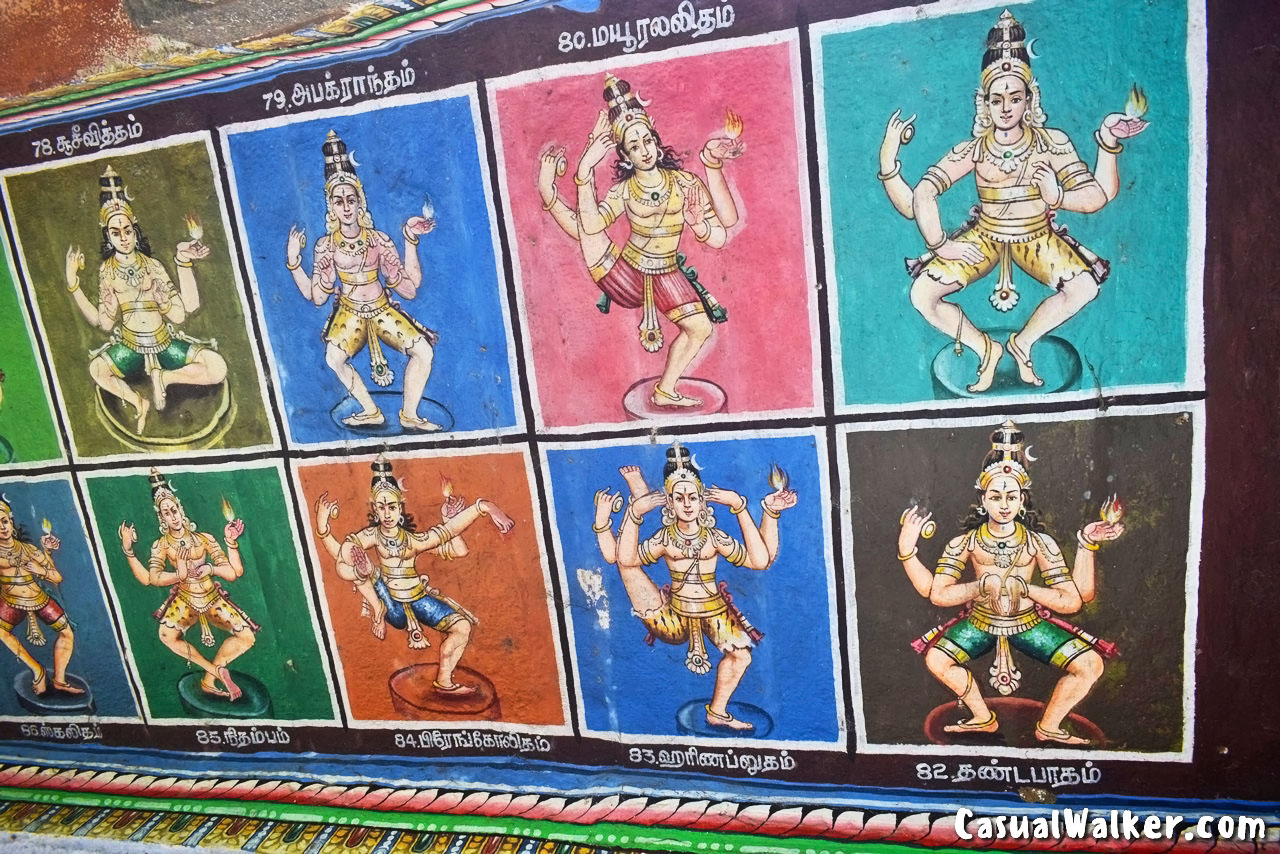
Festivals at Adi Kumbeshwarar Temple:
The Adi Kumbeshwarar Temple hosts a variety of vibrant festivals that resonate with devout worshippers. The Mahamaham festival celebrated once every 12 years, is a grand spectacle that draws devotees from across the world. Other significant celebrations include Shiva Ratri, Chithirai Brahmotsavam, and the Butter Pot festival in February-March. Adipooram, Masi Magham, and Thai Poosam Star float festivals are also celebrated with great enthusiasm. The temple reverberates with the joy of Deepavali, Pongal, Arudra Darshan, and Navaratri.
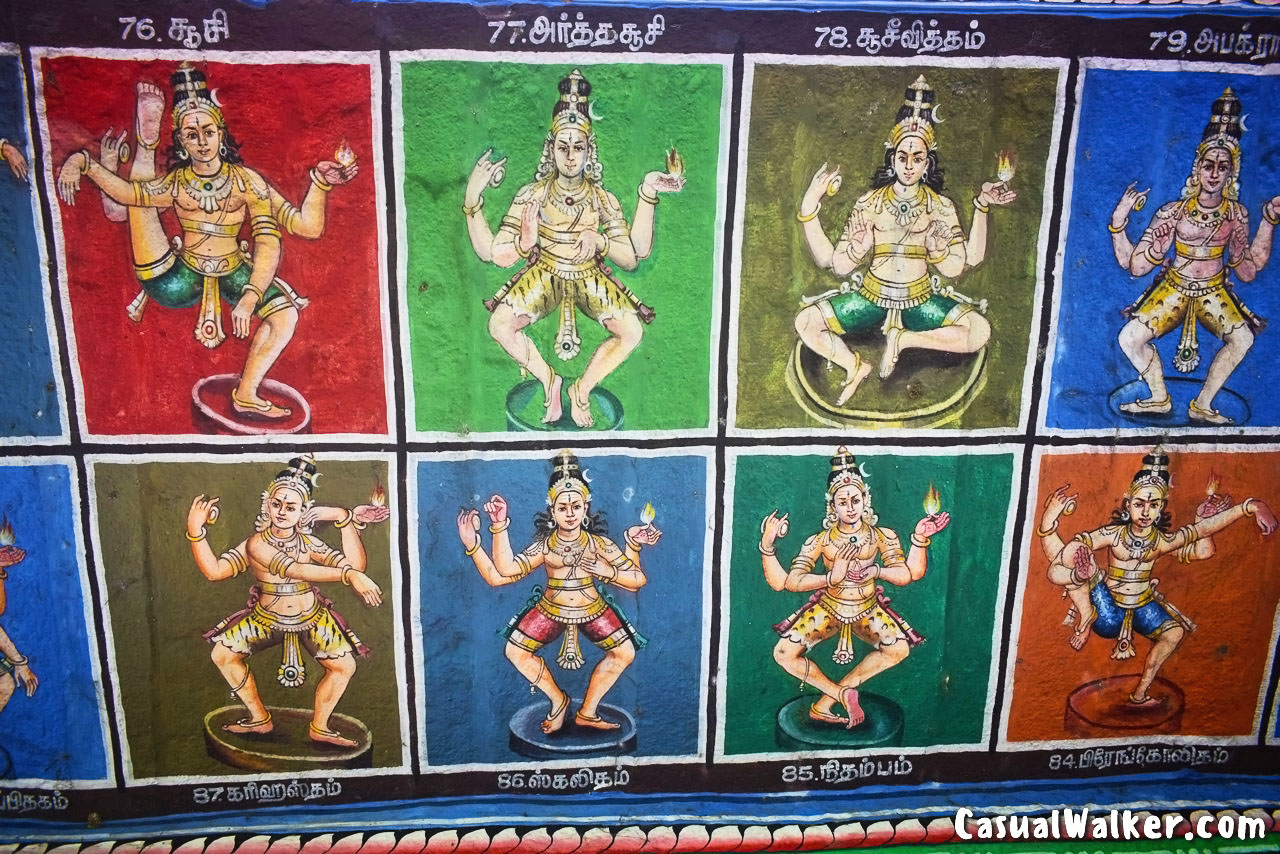
Benefits of Worshipping at Adi Kumbeshwarar Temple
This temple, intimately connected with the origin of life, is believed to hold profound cosmic power and the ability to rejuvenate humanity. Devotees seek Lord Shiva’s blessings for spiritual strength to navigate life’s challenges. Those grappling with health issues and various fears believe that the Almighty’s grace can help them overcome their difficulties.
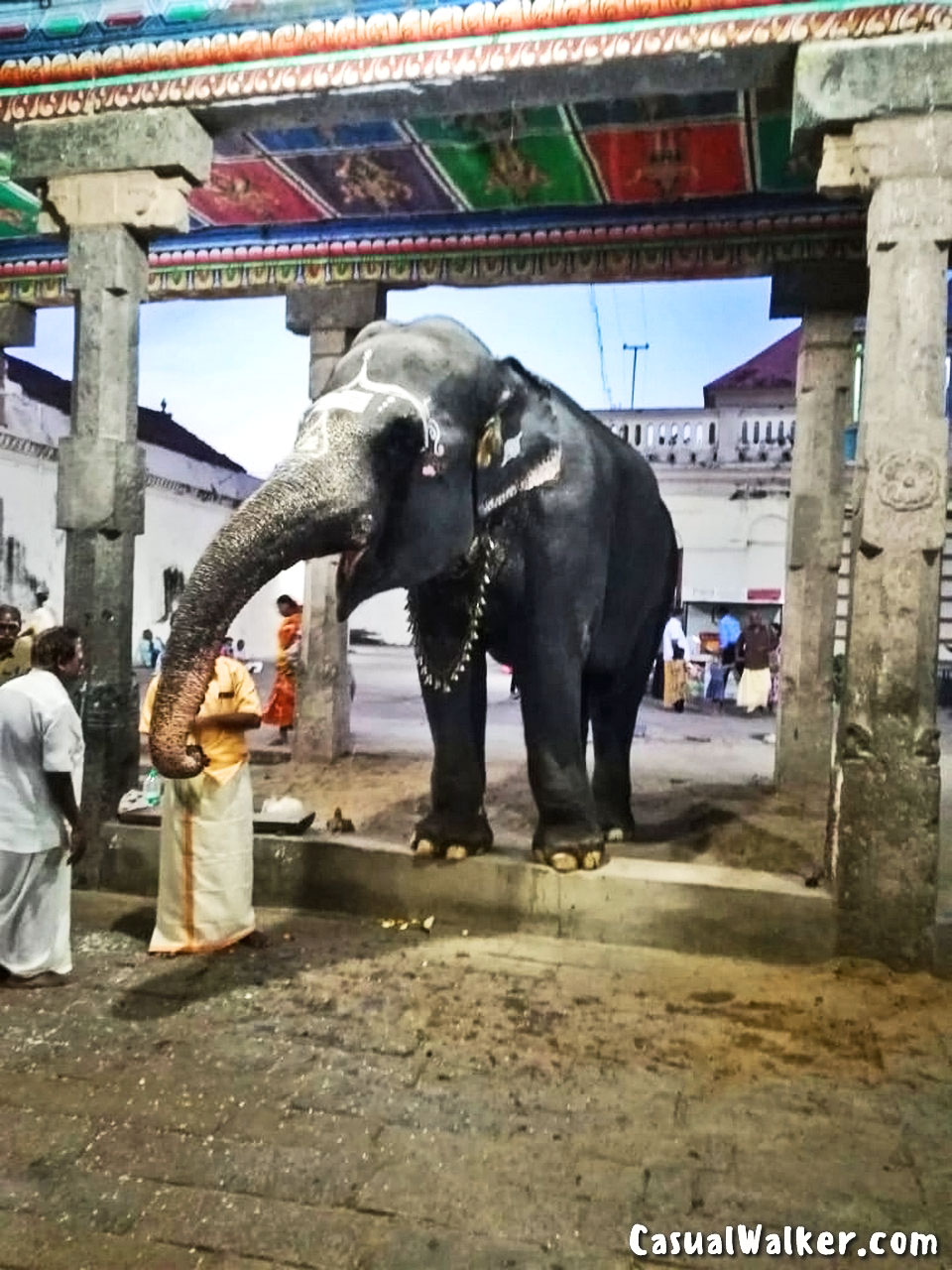
Travel Tips for Adi Kumbeshwarar Temple in Kumbakonam
Address of Adi Kumbeshwarar Temple in Kumbakonam Temple,
Sri Kumbeswarar Temple (Tirukudamookku), Kumbakonam, Thanjavur.
Phone: +91 435 242 0276
Entry Fee: Free
Temple Timings of Adi Kumbeshwarar Temple: 6.00 AM to 12.30 noon – 4.00 PM to 9.30 PM
Year: 1200 years old Temple
How to reach Adi Kumbeshwarar Temple in Kumbakonam
On Road: SAdi Kumbeshwarar Temple, Kumbakonam Temple is at the center of the town Kumbakonam, and the town is well connected by road networks. There are regular bus services from many important cities in south India Chennai, Coimbatore, Tiruchirapalli, Karaikal, Pudukkottai, Madurai, Tirunelveli, Mayiladudhurai, Pattukkottai, Bangalore, Ernakulam, Ooty, and Mysore.
On Flight: The nearest airport is Tiruchirappalli International Airport (TRZ) which is 100 Km away from the temple.
By Train: The nearest railway station is the Kumbakonam railway station ( station code – KMU) at a distance of 2 km.

Similar Famous Lord Shiva Temples you may like to Visit:
Jurahareshwarar Temple, Kanchipuram – Best & Famous Shiva Temple In India – Visit, Travel Guide



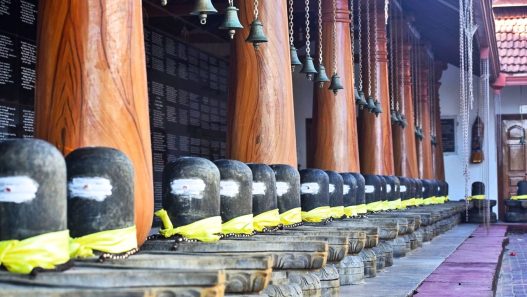

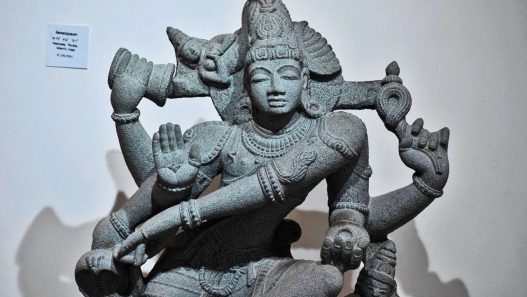

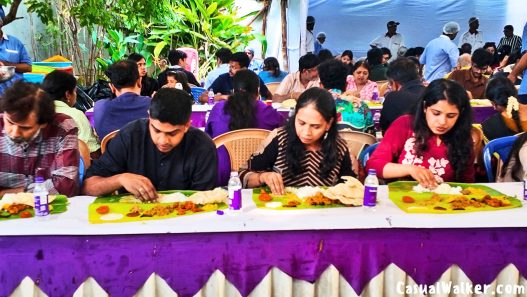
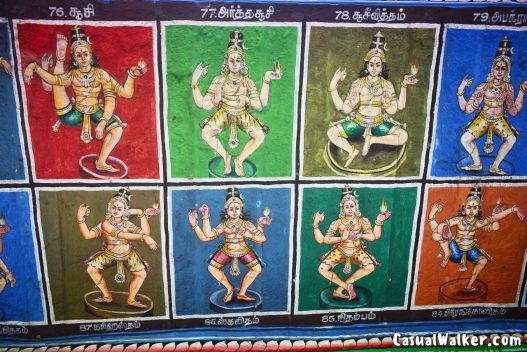

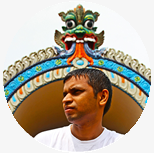















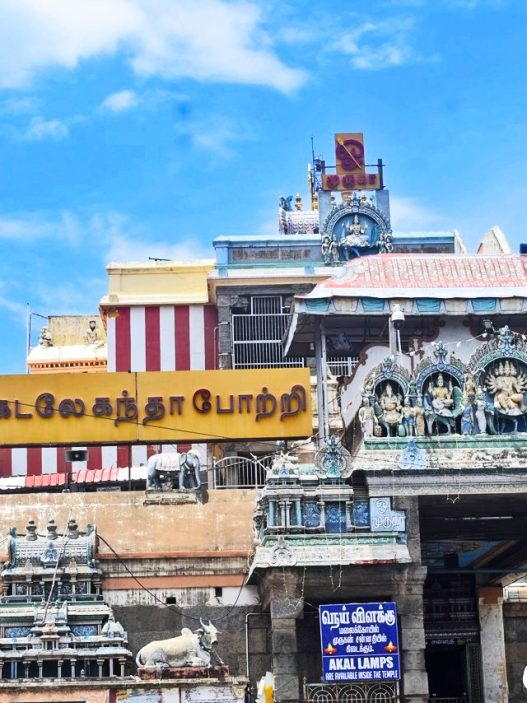
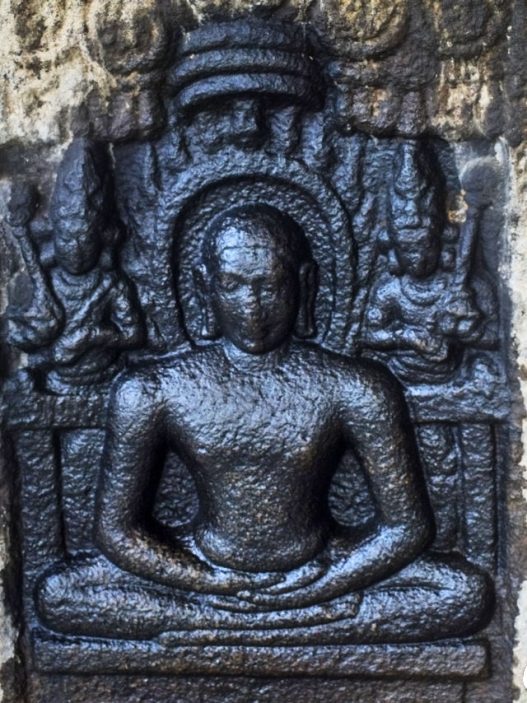
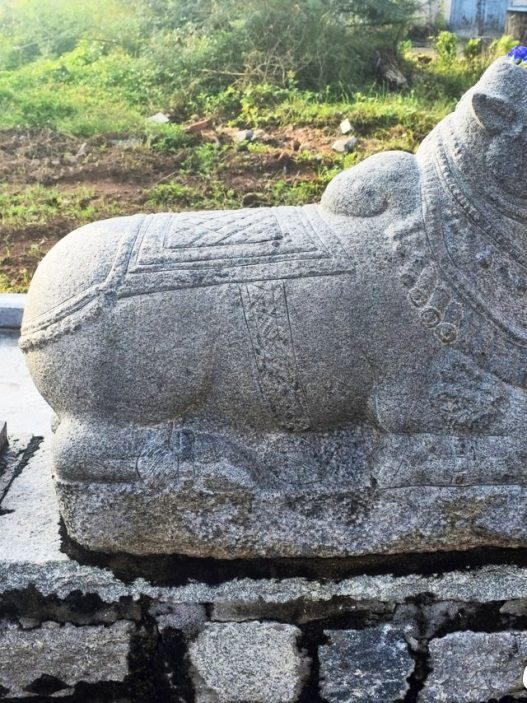
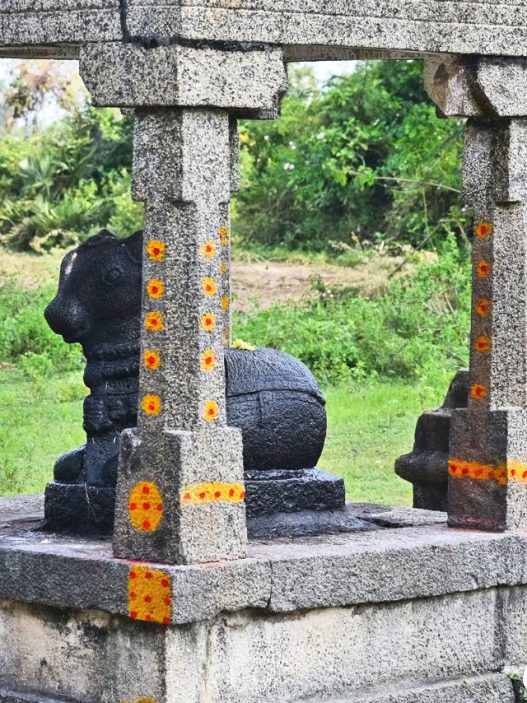
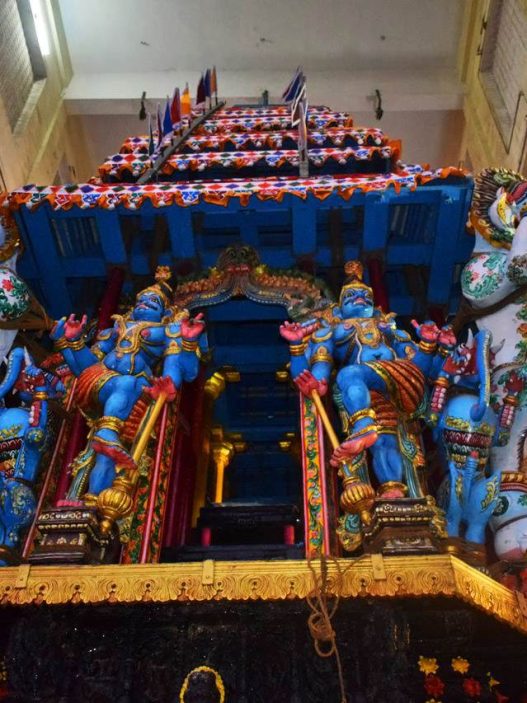
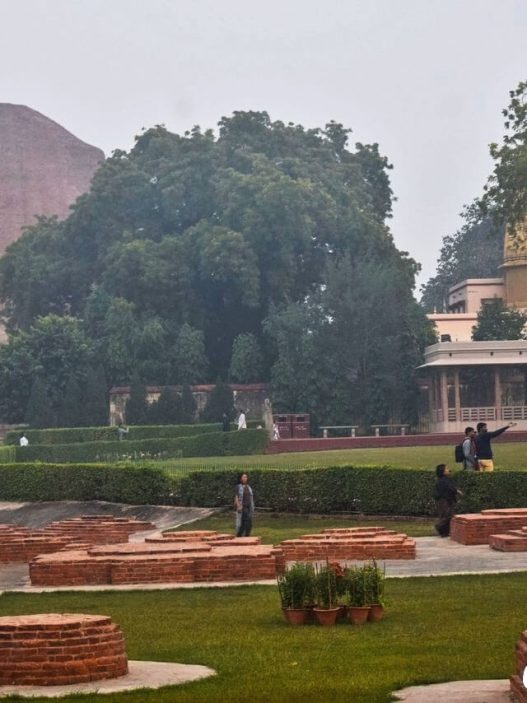
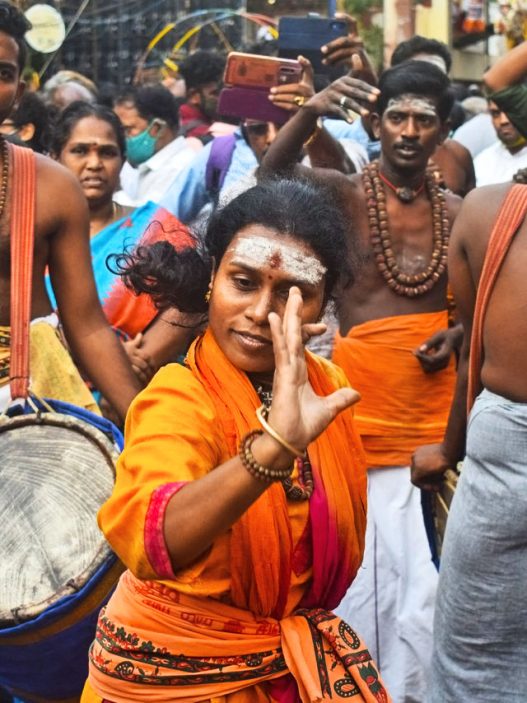
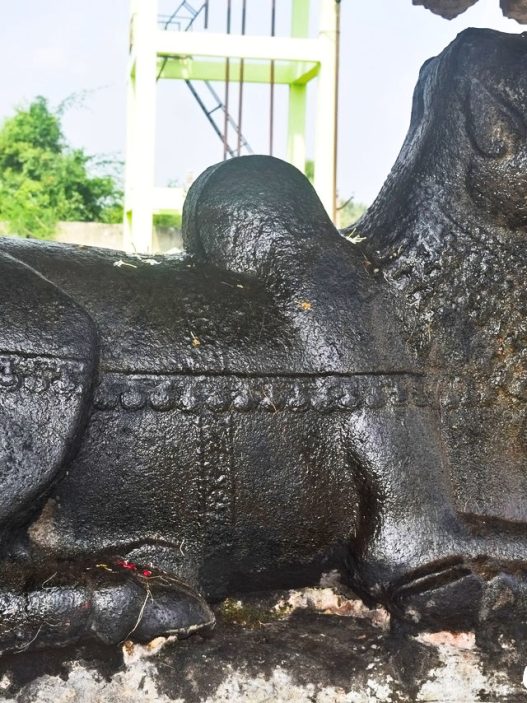
bowc7q
I’ll right away grab your rss as I can not find your e-mail subscription link or newsletter service. Do you have any? Kindly let me know in order that I could subscribe. Thanks.
Great article and straight to the point. I don’t know if this is really the best place to ask but do you guys have any ideea where to employ some professional writers? Thanks in advance 🙂
Your style is so unique compared to many other people. Thank you for publishing when you have the opportunity,Guess I will just make this bookmarked.2
Enjoyed looking through this, very good stuff, appreciate it.
At this time it looks like WordPress is the top blogging platform available right now. (from what I’ve read) Is that what you’re using on your blog?
I adore gathering utile information , this post has got me even more info! .
Amazing! This blog looks exactly like my old one! It’s on a entirely different topic but it has pretty much the same page layout and design. Great choice of colors!
Magnificent site. A lot of helpful info here. I?¦m sending it to a few friends ans also sharing in delicious. And certainly, thanks in your sweat!
Hiya, I am really glad I have found this info. Nowadays bloggers publish just about gossips and web and this is actually frustrating. A good site with exciting content, this is what I need. Thanks for keeping this web site, I’ll be visiting it. Do you do newsletters? Cant find it.
It is really a nice and helpful piece of info. I am happy that you just shared this helpful info with us. Please keep us informed like this. Thanks for sharing.
https://t.me/s/ef_beef
https://t.me/s/Gizbo_officials
Strong points made
I just like the helpful info you provide on your articles. I will bookmark your blog and test again here frequently. I am relatively certain I’ll learn lots of new stuff right here! Good luck for the following!
Clear explanation
Alright Betwinner fans, check out BetwinnerCD! Dedicated to Congo, these guys offer lots of options for local players, which may have specific deals so have a look! betwinnercd
Hello. impressive job. I did not imagine this. This is a great story. Thanks!
I’ve been following this issue for a while, and your analysis adds a crucial dimension I hadn’t considered before. The historical context you provided helps explain current developments in a way that’s both clear and compelling. This has given me much to think about.
Magnificent beat ! I wish to apprentice while you amend your site, how can i subscribe for a blog web site? The account helped me a acceptable deal. I had been tiny bit acquainted of this your broadcast offered bright clear idea
This couldn’t have come at a better time as I was just grappling with this exact challenge in my own project. Your tips saved me hours of trial and error. I especially appreciate how you included both the ‘what’ and the ‘why’ behind each recommendation.
Dadurch erhalten Sie die Gewinne, die in der Auszahlungstabelle beschrieben werden. Obwohl es bei den meisten Spielautomaten nur ein Scatter-Symbol gibt, sind bei Da Vinci
Diamonds gleich drei davon zu finden. Einige der Symbole, die Sie bei Da Vinci Diamonds finden,
sind etwa die Dame mit dem Hermelin, ein Bernstein, ein Rubin, Jade, die Mona Lisa, der
Da Vinci Diamond sowie Leonardo da Vinci selbst.
Mit fünf Walzen und 20 Gewinnlinien, bietet Da Vinci Diamonds Spielern die Chance auf Echtgeldeinsätze in drei unterschiedlichen Währungen, nämlich Euro, Pfund und Dollar.
Das Spiel zählt zu den beliebtesten und am häufigsten gespielten Angeboten, sowohl in normalen als auch in Online-Casinos.
Im Allgemeinen handelt es sich hier um ein gutes Casino,
in dem man durchaus spielen kann, aber es gibt einige Dinge, die es zu
beachten gilt. Ich persönlich hätte mir etwas mehr
Abwechslung im Aussehen und in den Spielergebnissen gewünscht, aber insgesamt ist dieses Spiel ein solides Beispiel für diese Art von Slotspielen. Die
signifikanteste Änderung bei den freigeschaltenen Freispielen ist die neue Auszahlungsstruktur der Bonusspins.
Landen diese Bonussymbole auf einer Gewinnlinie, so bekommen Sie eine nette Anzahl von Freispielen gutgeschrieben.
Vortex Casino, gegründet im Juli 2014, ist eine der Schwesterseiten von Da Vinci’S Gold Casino und bietet eine
breite Palette an Spielen, darunter Baccarat, Blackjack, Roulette
und Slots. Diese Vielfalt zeigt die Größe und Reichweite des
Netzwerks, das Spielern aus Deutschland eine Vielzahl von Optionen bietet.
“Das Casino bietet häufig Gratis-Chip-Boni ohne Einzahlung an. Die Umsatzbedingungen sind hoch! Auszahlungen dauern lange.” Mir
gefällt wirklich, dass Da Vinci’s Gold einen Bonus ohne Einzahlung anbietet, was es einfacher macht,
die Spiele auszuprobieren, ohne im Voraus eigenes
Geld einsetzen zu müssen. Als ich den Nachweis meiner Einzahlung
vorlegte, bekam ich eine Entschuldigung, aber ich habe meinen Gewinn
immer noch nicht erhalten.
References:
https://online-spielhallen.de/ihre-ultimative-anleitung-zum-kingmaker-casino-bonus-code/
Your writing style makes even technical topics accessible and engaging without oversimplifying important details. I appreciate how you balanced depth with readability throughout the article. This is exactly the kind of content that helps bridge the gap between specialists and general audiences.
Du kannst ganz einfach über den mobilen Browser deines
Smartphones oder Tablets deine Spiele aufrufen. Programmierte
Tischspiele sind übrigens genauso sicher wie von Menschen geführte
Spiele. Doch auch andere Spiele wie Bingo, Keno und sogar Rubellose kannst du in dieser
Rubrik finden. Die klassischen Tischspiele bieten dir eine breite Auswahl an verschiedenen Varianten der beliebtesten Spiele
Roulette, Blackjack, Poker und Baccarat. Insgesamt bietet das
20Bet Casino eine breite Auswahl an tollen Spielen und bekannten Titeln.
Nachfolgend finden Sie eine Beschreibung von jedem 20Bet Casino Bonus, der derzeit zur Verfügung steht.
Ja, 20Bet bietet eine mobile App für Android- und iOS-Geräte an, die Sie durch
Scannen des QR-Codes auf der Website herunterladen können. 20Bet bietet verschiedene Zahlungsoptionen an, darunter VISA, MasterCard,
eWallets wie Skrill und Neteller, Direct Banking und sogar Kryptowährungen. Besuchen Sie einfach die 20Bet-Website, klicken Sie auf die
Schaltfläche “Anmelden” und folgen Sie den Anweisungen, um
Ihre Angaben zu vervollständigen. Die Spielauswahl des Casinos ist riesig und umfasst alles von Top-Titeln bis hin zu einzigartigen Spielen wie Fast
Games. Es hat uns Spaß gemacht, die 20Bet Sportwetten und das Casino für Sie zu überprüfen, da es immer ein Vergnügen ist, sichere Websites zu erkunden.
References:
https://online-spielhallen.de/wurfelspiele-im-casino-regeln-top-spiele-tipps/
Having gone through a similar experience myself, I found your insights particularly validating. You captured emotions I struggled to articulate, which made me feel less alone in my journey. Thank you for sharing something so personal.
You can fund your casino account or withdraw securely using fast and convenient payment options.
They are fast-paced, easy-to-play and have the potential for big
payouts with incredible progressive jackpots. Some sites mentioned in this review may
not be accessible in your area. Take your time to review
all the sites we’ve listed, check the FAQ section, and remember to gamble responsibly.
If you’re specifically interested in jackpot pokies, Lunubet is another excellent choice.
Yes, you can gamble online in Australia using your mobile device.
Steering clear of bad operators is about spotting the red flags before you deposit.
A casino that’s been processing five-figure payouts for years without a stream of
complaints is a much safer bet than a flashy new site with unbelievable promises.
Beyond the license, look for standard safety markers like SSL encryption to protect your data and a solid reputation built over years
of positive player feedback about payouts and customer service.
We dig into the game libraries to ensure they’re stocked with
titles from reputable developers known for their fairness and transparent RTPs.
Verify your account early and use crypto or e-wallets to avoid delays and secure the
fastest possible withdrawals when it’s time to
cash out. Deposits are typically instant, while withdrawal speeds vary depending on the casino and the method used.
One way to mend this is to engage in social tournaments or live
dealer games where you get to talk to other players (still doesn’t cut it for me,
though). While online casinos come with the perks of quantity and quality,
they lack one thing – social interaction. Naturally, online casinos don’t come without downsides.
These are just the basic perks of online casinos.
Live dealers are games streamed in real-time that
you get to play with other players.
References:
https://blackcoin.co/malina-casino-australia-your-ultimate-gaming-destination/
Questa è esattamente la guida che stavo cercando.
You can not move on to a column containing 2 or more of your opponents pieces.
If you move on to a column contaning one of your opponents
pieces their piece will be sent back to the start.
Please either enable Javascript for Cardgames.io from your brower’s
security settings, or upgrade to a more modern browser. Unfortunately, all the games are coded in Javascript, and so our site cannot function without executing scripts.
We detected that something blocked cardgames.io from running Javascript files on the page.
The primary script that runs our games seems to not have loaded, somehow.
Cardgames.io is owned and operated by Rauðás Games ehf.
Any comments, complaints, bug reports, questions, or anything else should be sent to In this version your pieces move
counterclockwise from the upper right, while your opponent’s move
clockwise from the bottom right. All the games from the website,
in fullscreen mode, with more characters! Has suggested that you turn off the timer for the game.
You can always reconnect by pressing the “Multiplayer” button
References:
https://blackcoin.co/allslots-casino-poker-no-deposit-bonus/
Although you are not obliged to pay anything to play
games at online casinos in Australia, you may wish to buy additional coins or packages.
This guide explains the differences between these sites and regular casinos, how to play pokies and other casino games online, as well as how to cash out your winnings.
At online live casinos in Australia, you can choose to play games with
traditional rules as well as variants with added side bets, multipliers, and bonus features.
Dailybase does not advise on the legality of online casinos, sports betting or any other form of real money online gambling in your
country, state or city.
We will always be here to hold your hand and introduce you to the best Aussie online casinos available today.
In our database, you will find an army of online casinos aimed
at those living Down Under. You have just landed on the best online casino guide for Australian players.
We have ranked the casinos based on a variety
of factors, including bonuses, terms, pokies and fairness.
With its versatile A$11,000 welcome bonus (plus 300 free spins)
and stacked lineup of over 6,000 games, this platform
just feels built for players who want a bit of everything in one place.
The best casino bonuses come with low wagering requirements and work across a wide
range of games.
Understanding the different types of online casino bonuses available can help players make informed decisions
and maximise their gaming experience. The best Australian online casinos
provide a selection of games to cater to all player preferences, from classic table games to modern video slots.
The best online casinos in Australia give you thousands of pokies to explore, smooth payouts in AUD,
and heaps of bonus offers. The best Australian online casinos are characterized by their vast game selections,
attractive bonuses, and secure payment methods.
Opt for the best online casinos offering a diverse range of games to keep things interesting.
References:
https://blackcoin.co/paris-las-vegas-hotel-casino-adults-only/
They also pay attention to user feedback, add modern UI elements,
and with each update, they make the load times and performance better.
Such control gives the user a smooth experience.
The resort features spacious deluxe rooms, luxurious suites, and opulent oceanfront villas—each designed with modern comforts and stunning views for
a truly elevated experience. Besides the thrilling gaming
experience, the venue is known for its dining options, providing a wide selection of food and beverages.
The casino boasts an impressive selection of gaming
options, ensuring an unforgettable gaming experience whether you’re a seasoned player or a
beginner.
It really is a whole chicken held upright by a can of beer.
Then it must be time to whip up some buffalo wings!
Just mix mayo, taco seasoning, and hot sauce! Don’t worry, it’s nothing too complicated.
These are more than just your average chicken quesadillas, folks.
And if you ask me, this dish tastes so much better.
References:
https://blackcoin.co/kingmaker-online-casino-where-australians-play-and-win/
australian online casinos that accept paypal
References:
http://www.canadiannewcomerjobs.ca
casino online uk paypal
References:
girl.naverme.com
In this great pattern of things you secure an A just for hard work. Exactly where you actually lost me was first in your facts. As they say, details make or break the argument.. And it could not be more true right here. Having said that, let me say to you what did give good results. Your article (parts of it) can be pretty powerful which is most likely the reason why I am making the effort to opine. I do not make it a regular habit of doing that. Next, while I can certainly notice the jumps in logic you make, I am not really confident of exactly how you appear to connect the details which help to make the conclusion. For now I shall subscribe to your position but trust in the near future you actually connect the dots much better.
casinos online paypal
References:
https://www.garagesale.es/author/dhjthorsten/
online roulette paypal
References:
https://talentformation.net/employer/best-online-casinos-that-accept-paypal-in-2025/
Heard some chatter about Adda52 ban. What’s the story? Is it true? Anyone know the official stance? Check them anyway, if it’s still up: adda52ban
online pokies australia paypal
References:
https://hirekaroo.com/companies/the-10-most-popular-online-casino-games/
paypal casino canada
References:
https://www.chdlrrhd.site/bbs/board.php?bo_table=free&wr_id=1807